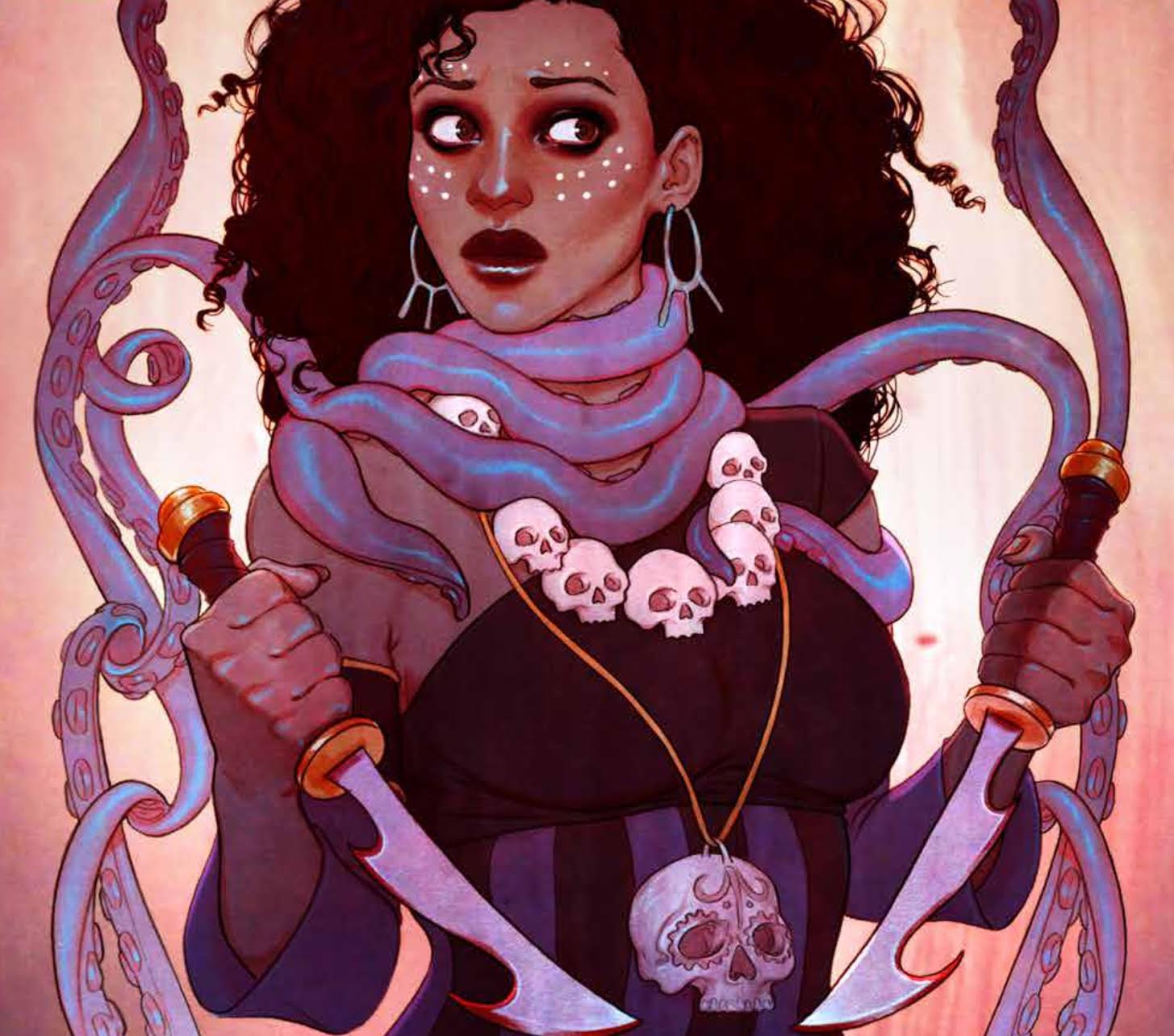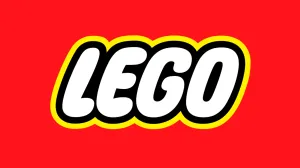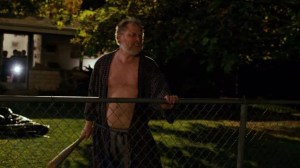*Some Spoilers for Rat Queens #9 Below*
Videos by ComicBook.com
Rat Queens #9 is the long awaited return of the exceedingly popular series from its unfortunate, unplanned hiatus. In that time series writer and co-creator Kurtis J. Wiebe published a one-shot featuring the art of Tess Fowler and recruited the very talented Stjepan Sejic to assume art duties on the series. Sejic doesn’t miss a beat and jumps directly into the second storyline left dangling in October of last year. Lovecraftian monsters are still hanging above Palisade threatening imminent doom, Sawyer is still naked and tied up, and the Rat Queens are still kicking ass. It’s as smooth of a transition as can be expected, and both Wiebe and Sejic put out an issue that should satisfy fans that Rat Queens is back on track.
However, taking a look at Rat Queens #9 with a critical eye reveals a comic that doesn’t live up to the hype, and it has nothing to do with the hiatus or the change in artist. Rat Queens #9 is perfectly in line with the series that preceded it, and that’s the problem. All of the flaws that are present in this issue are present throughout the series, but they aren’t necessarily easy to spot upon a cursory reading.
The thing that Wiebe and all of his collaborators have done exceedingly well in Rat Queens is to land individual moments. There are specific panels and brief sequences that are absolutely perfect in every issue. Both action and humor beats hit the bullseye like random enemy archers in the series never can. There are plenty of examples of this craftsmanship on display in the newest issue.
When the Queens approach a small army of enemies, two of the soldiers have a frank conversation in which one proposes that they shouldn’t be worried considering their overwhelming numbers. His partner looks at him like a first grader who can’t remember the alphabet and says “Oh Brad, Brad, Brad, Brad, Brad. You are so f**king dumb.” It’s a fantastic comedic panel capable of eliciting genuine belly laughs. The following scene is packed with action sequences that are every bit as exciting as what came before was funny. Betty, the tiny rogue, is a hurricane of blades and blood. She slices through enemies so quickly that you can almost feel her rustling pages as she flies through the panels.
These individual moments summarize both the appeal of Rat Queens and its biggest flaw. Rat Queens is a series almost entirely composed of great moments. It’s easy to point out each of the big moments in Rat Queens #9 and why they are enjoyable, but much more difficult to see how they cohere. Connecting moments in the issue often fail to make sense, and many panels are incoherent when placed within the context of the series as a whole.
The action begins with Betty charging into battle, declaring with a scowl,, “They’ve. Got. Sawyer.” That moment feels cool, but Betty has never been shown to have any significant relationship or attachment to Sawyer. In this sequence she is shown to be so angry that this specific individual is threatened that she will throw caution to the wind and charge into an opposing army. It’s a great moment that is revealed to be hollow given any level of scrutiny.
This same sort of hollowness can be found in the art as well. At one point in the action, Hannah holds off a row of archers by raising a wall of ice that apparently impales them. In this two-panel sequence there are several obvious flaws. The geography is not maintained, nor is the distance between Hannah and her foes. Given what is established in the first panel, the ice should come between her and the archers, but not be anywhere close to the archers themselves. However, the blood on the ice makes it seem that it has come from beneath the archers cutting into them (and ignoring the embattlements they stood upon entirely). Between the two panels, Hannah turns away from her enemies and the wall for no discernible reason. It’s easy enough to understand what Sejic intends to show in this sequence, but his depiction of the action falls apart given any serious scrutiny.
This lack of depth isn’t always the case though. Rat Queens #8 was without a doubt the strongest individual issue of the series thus far. It was almost entirely composed of a flashback sequence revealing a younger Violet struggling with traditional family roles. Wiebe told a complete story in that one issue moving Violet through a consistent character arc. There was a clear drive to the story from beginning to end, and the action and humor present existed to serve that drive. There were less obvious great moments in that one issue, but the story itself is easily the most memorable and emotionally resonant of Rat Queens so far.
The narrative drive and strong characterization is lacking from the ongoing story of the series though. Wiebe and Sejic tell readers who each of these characters are, rather than allowing them to reveal themselves naturally through their decisions and actions. Hannah is shown to care for the Sawyer at the beginning of the issue in a flashback. This is far from the first time that their lingering feelings have been pointed out in an obvious fashion. However, what is lacking is the reason for those feelings. The surface level elements of their relationship and so many relationships in this book are clear, but they lack depth.
That sort of surface level narration helps to reinforce the great moments that makes Rat Queens so enjoyable. It encourages big sentimental moments, wacky outbursts, and definitive action beats. These elements are cathartic and exciting, and they ought to exist in a fantasy or adventure comic. However, when they lack grounding in consistent characters and clear narrative they don’t resonate for long. These are moments that can be easily packaged into a single panel and reposted for a laugh. They work only on the most superficial level.
Big moments are both the greatest element of Rat Queens #9 and its downfall. There are laugh out loud panels, and exciting action sequences. However, they all work in a vacuum and fail to function together or to build toward something larger. Rat Queens is entertaining, but it reads as calorie-less, hollow entertainment that can be consumed and quickly forgotten. There’s nothing inherently wrong with that, but it’s not worth applauding either.
Grade: C+









